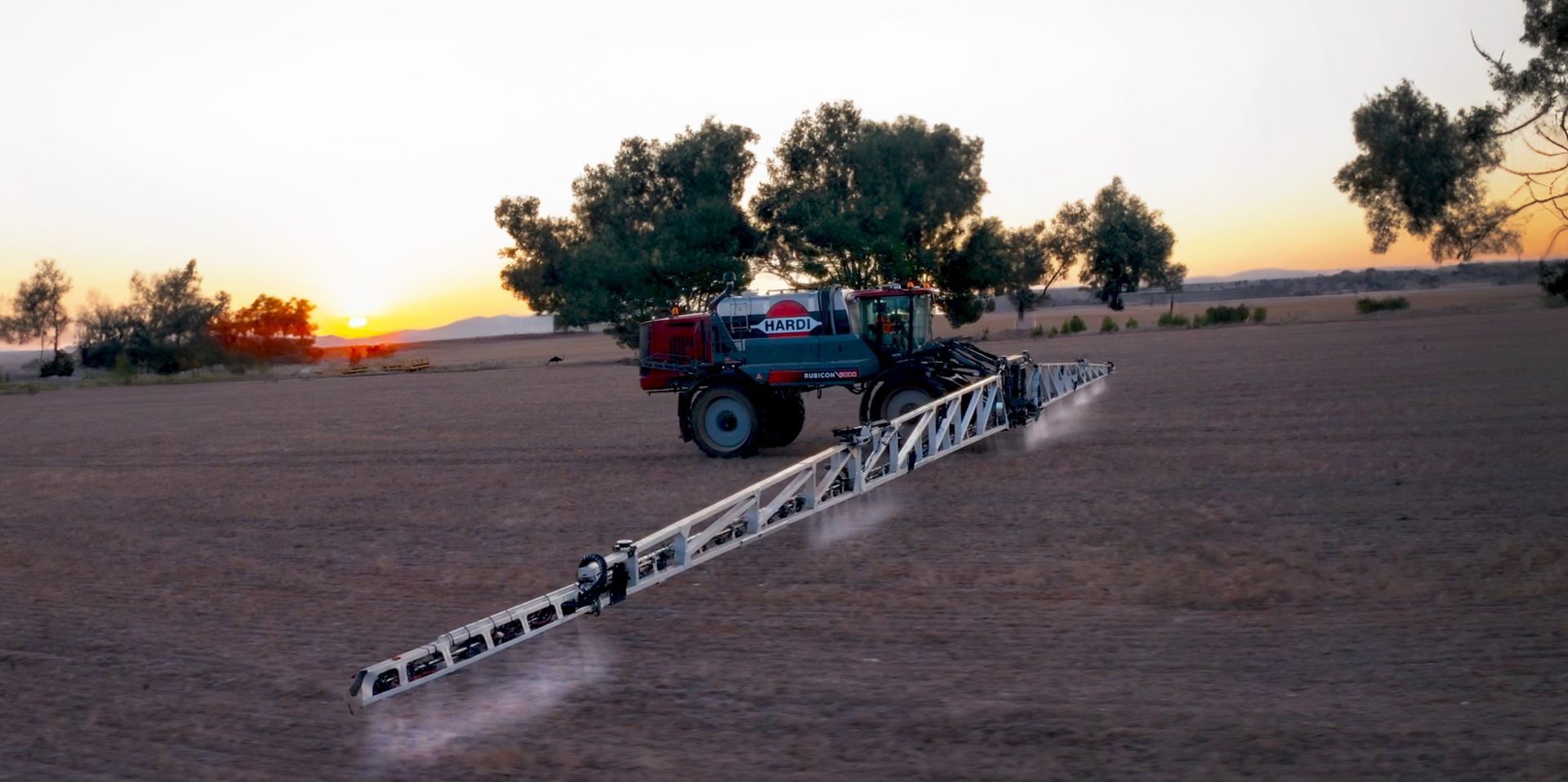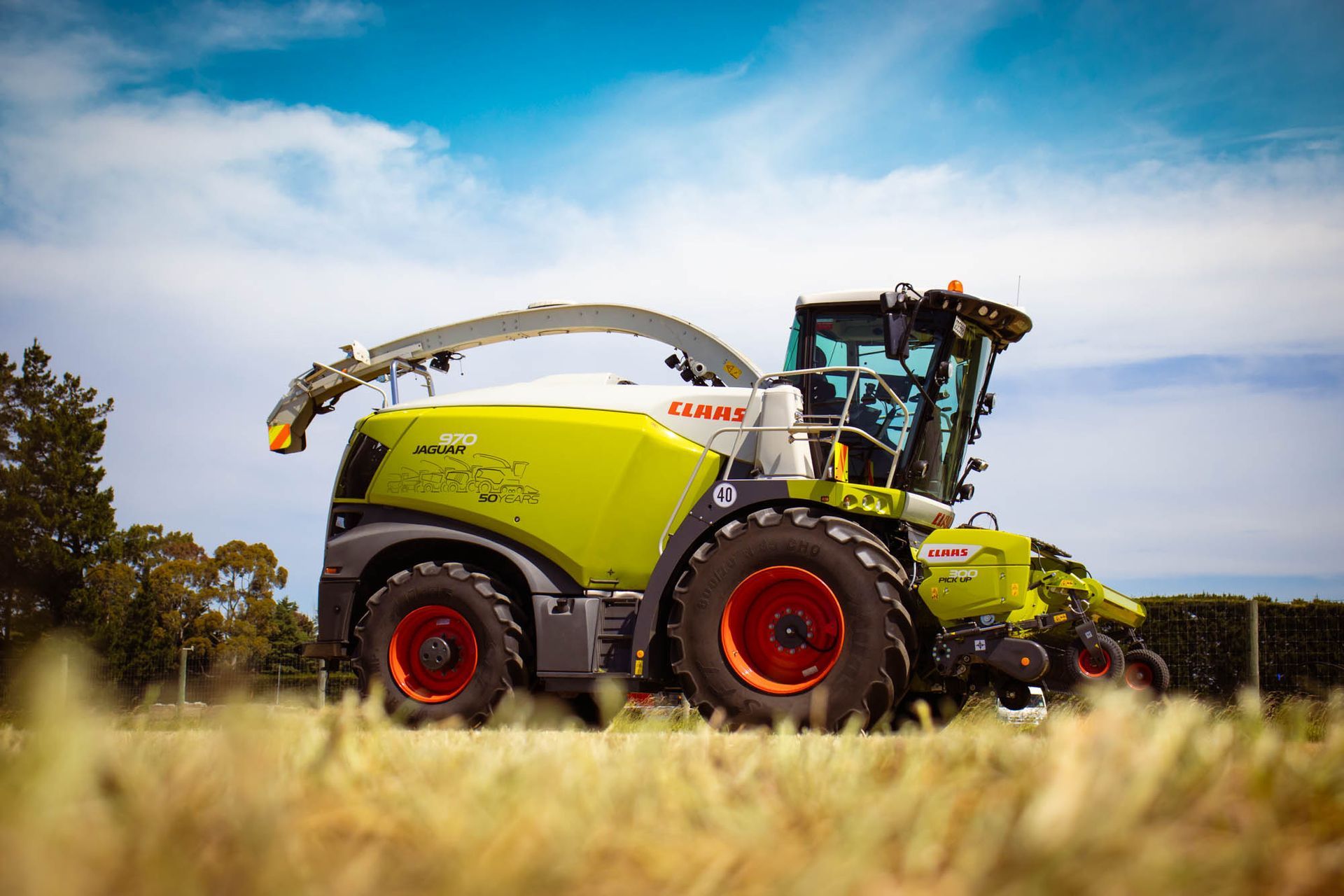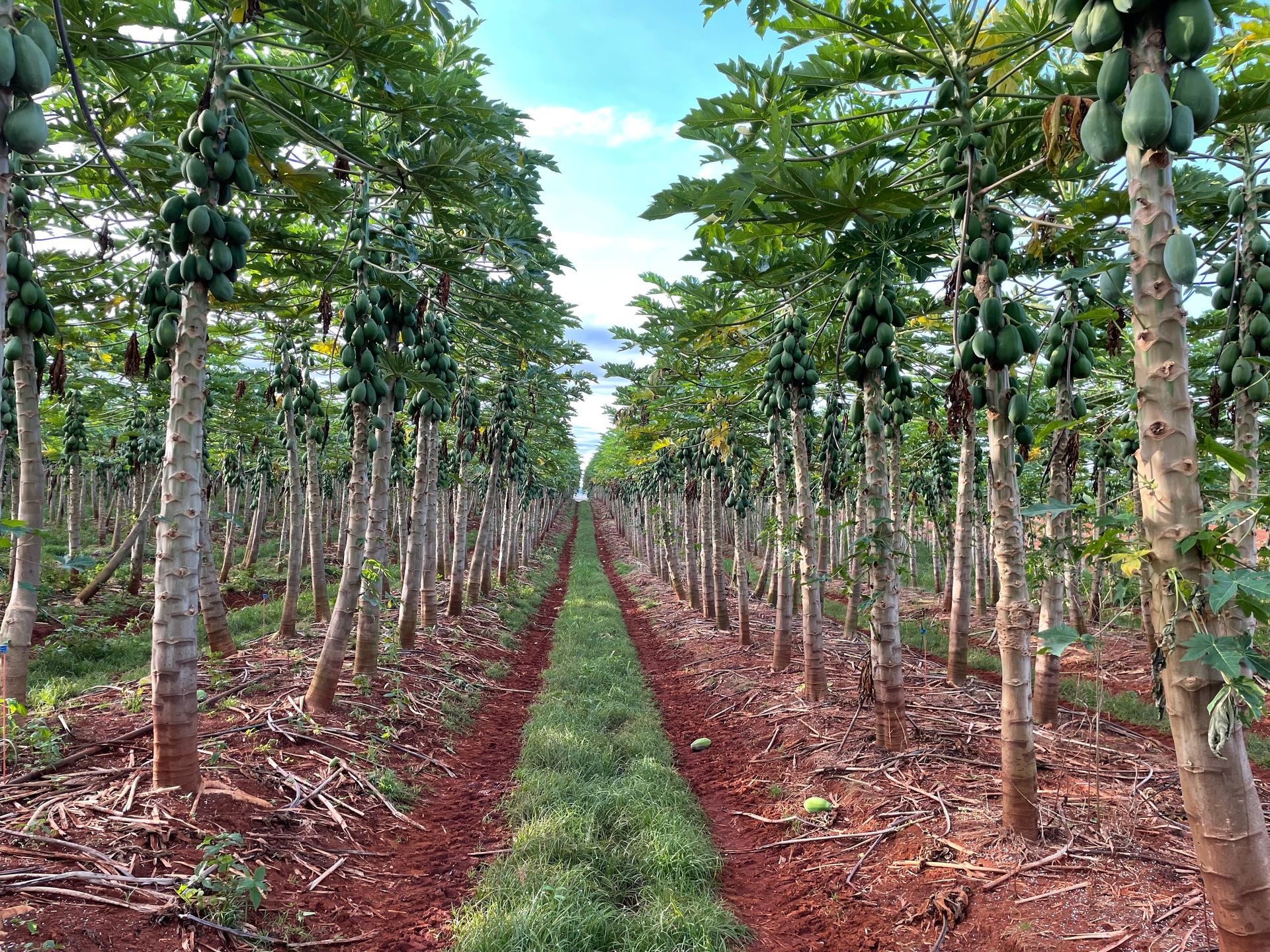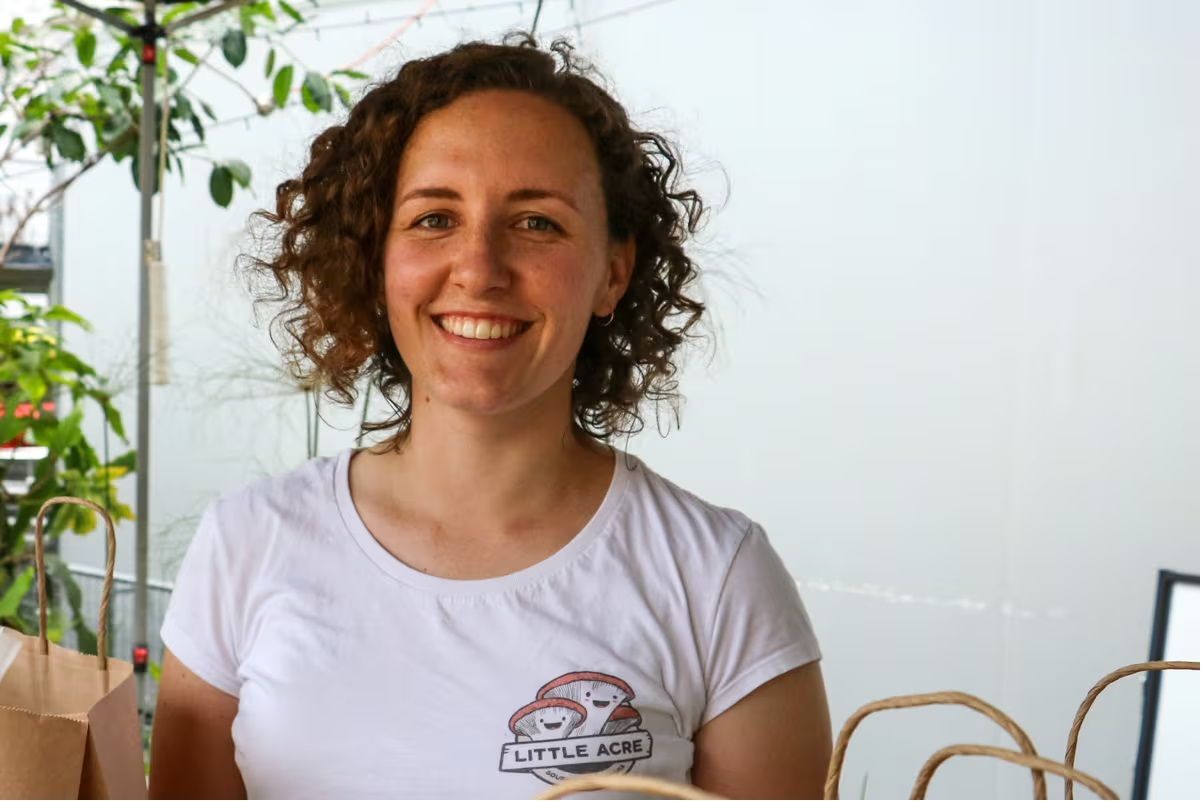OTR Australia: Aussie revolutionaries
With a near-40-year history of locally manufacturing their tyres and wheels, OTR Australia is proud to supply Australian farmers with the quality products they need to get the job done.
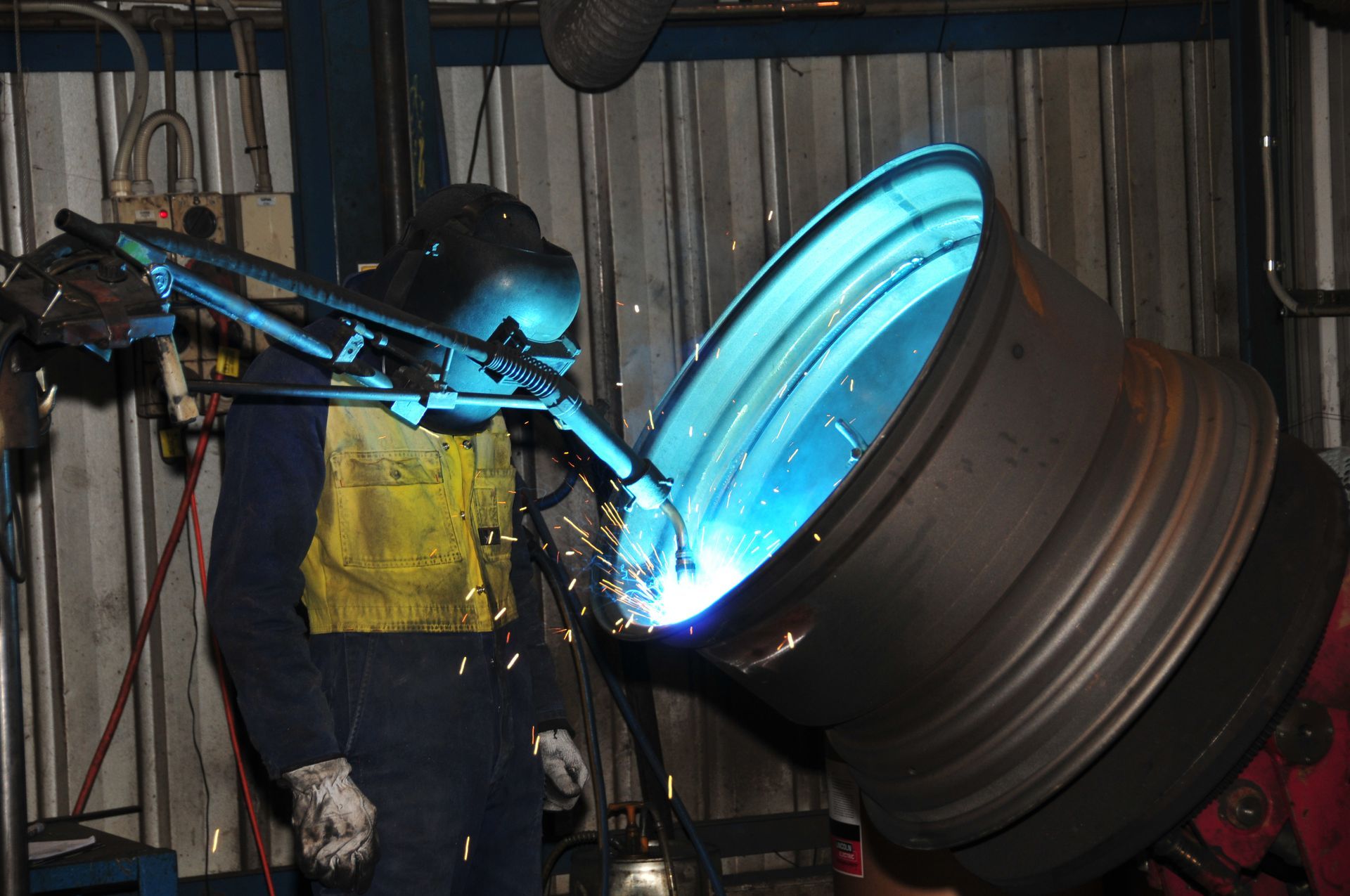
As the last dedicated manufacturer of ag wheel products in Mildura, OTR Australia’s wheel-manufacturing operations have gone from strength to strength in recent decades.
Described as eclectic and one-of-a-kind, the Mildura facility combines old fielding presses from the world wars with the latest CNC machines.
OTR’s ag wheels have recently been registered with the Australian Made trademark – a significant move which GM Travis Parsons says is simply an official reflection of the company’s long-term commitment to Australian manufacturing.
“We've been manufacturing in Australia for about 40 years. In Australia, our unique, large-scale approach to farming demands different equipment than what is available on the global market, so we manufacture it locally, and the farmers we supply to do the same,” he says.
“The Australian Made certification is just a visual representation to our ag market, but it's important to us that Aussie farmers know we're supporting the community and local jobs.”
OTR Australia serves the original equipment manufacturer market of companies with overseas operations and supports them through the aftermarket by supplying parts.
This is particularly important to the clients with manufacturing operations based in regional locations where staffing challenges are common.
Looking to the future, ongoing innovation is essential as the expectations for tractors and ag machinery – in terms of horsepower, load capacity, and speed – are consistently increasing.
“Our job in Australia is to manufacture the heaviest duty items to support those changes in the market – and that's what we do,” Travis says.
As a custom manufacturer, OTR Australia has the capacity to produce solutions beyond the norms of what is available in the open market.
This in turn enhances productivity, profitability, and safety for their farmer customers, and dramatically reduces the likelihood of breakdowns – a key consideration.
“Aussie farmers tend to try and get the most out of everything – especially given the challenges with achieving a healthy profit margin. They push the equipment to its limits and sometimes beyond, causing breakages,” Travis says.
Farmers appreciate the high standard of product quality and service that OTR Australia delivers.
Leroy Finch from Finch Engineering, a family-owned grain handling equipment manufacturer in regional Queensland, says he trusts OTR Australia to supply the highest quality axles and wheels, and take care of any malfunctions.
“When we do have breakdowns, whether it be a bearing failure or a tyre failure, OTR are fantastic with their response. They recognise the importance of minimising downtime, and this fast service means a lot to me.”
Website: http://www.otraustralia.com
Products: https://otraustralia.com/products/wheels/agricultural-wheels
Email: sales@otraustralia.com
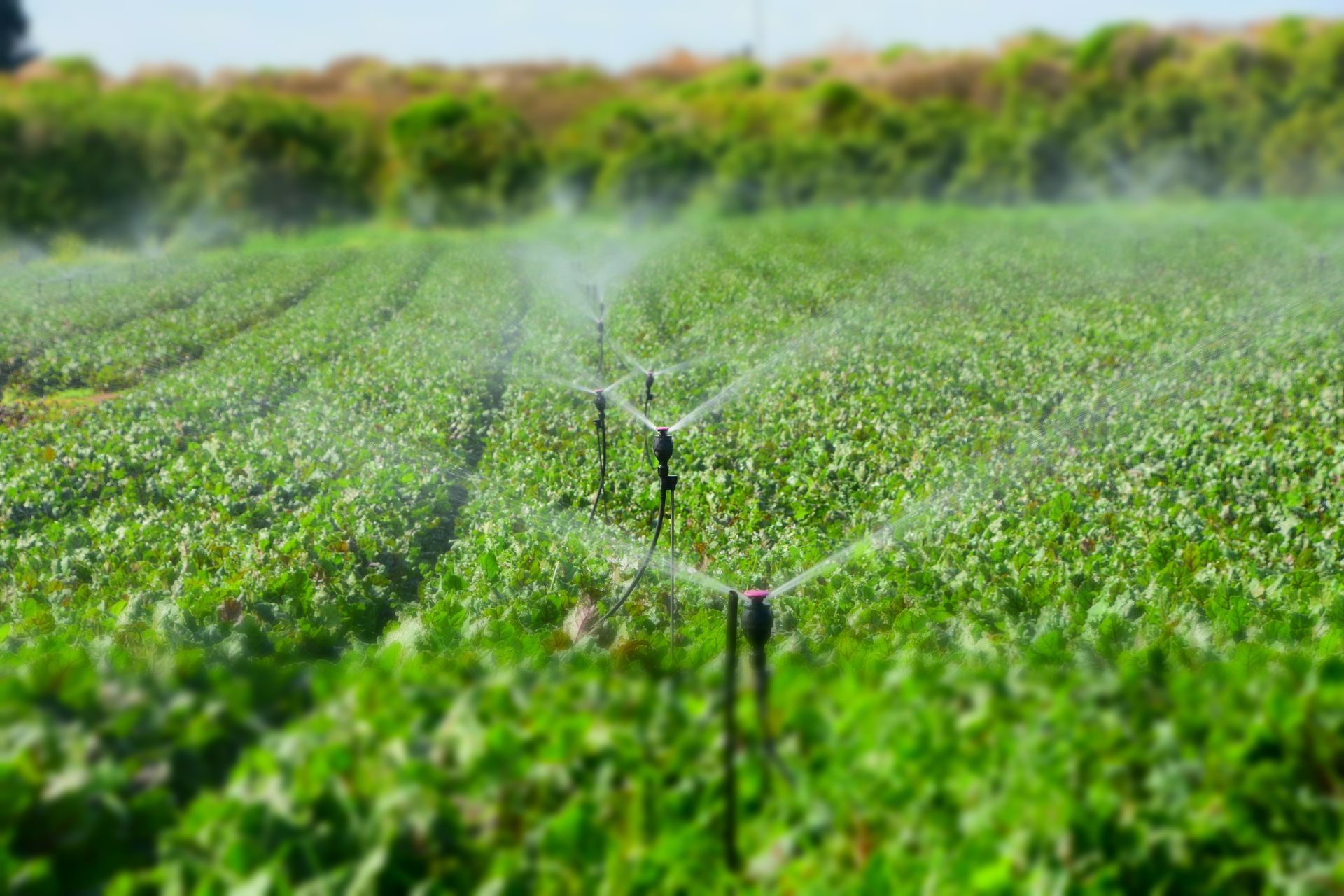
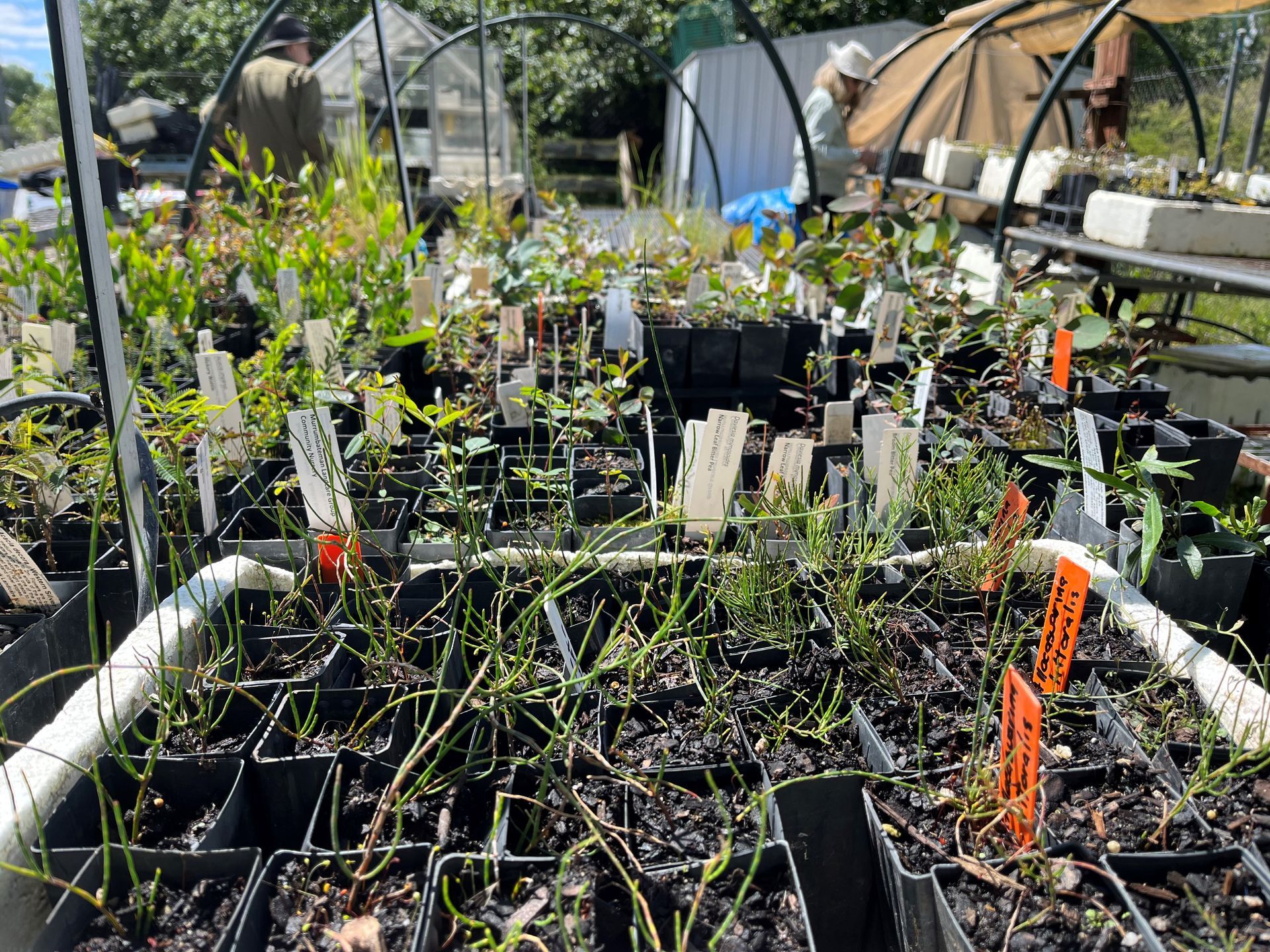
A selection of The Australian Farmer Sponsors - Click on a banner below to find out more...



